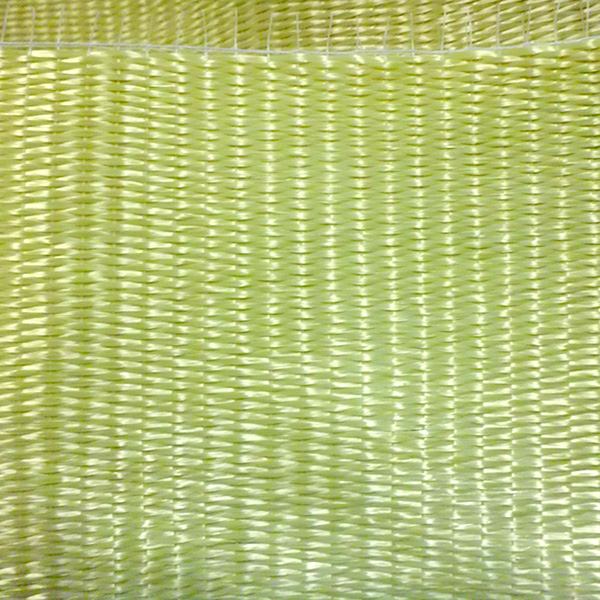Contact: Allen zhang
Mobile: +8618657301314
Tel: +86-573-88236564
QQ: 307160103
Email: allen@aramid.biz
Address: Tongyuan Road, Tongfu Industrial Park, Tongxiang City, Zhejiang Province
Website:en.surefrp.com
1. Aramid fiber roving fabric, mainly made of aramid 1414 filament, which is made up of parallel strands or parallel monofilaments. The aramid fibers used in the production of rovings have a monofilament diameter ranging from 5 to 15 μm. The number of rovings is from 100 to 8000 (tex). The roving can be directly used in some composite material forming methods, such as special textile, sheet prepreg, pipe winding, profile pultrusion, etc. The yarn with no twistiness can be woven into no upset due to its uniform tension. Gauze and special aramid fabrics are used in special industries such as aerospace, defense, and military.
Mainly low-weight aramid cloth plain fabric, one of bulletproof fabrics; aramid non-woven fabric, namely UD bulletproof fabric; aramid unidirectional fabric, used for high strength in single direction of 0 degree or 90 degree latitude Occasionally, such as structural repair, seismic reinforcement, building reinforcement, bridge reinforcement, etc.; decorative aramid fabric can also be woven into twill aramid fabric and colored aramid fabric.

2, aramid non-woven fabric, mat, aramid paper, used for insulation
3, aramid fiber twisted gauze, aramid fabric, aramid fabric, mainly with aramid 1313 or a small amount of 1414 staple fiber
(1) Aramid fiber twisted gauze mainly refers to various fabrics which are woven with aramid 1313 or a small amount of 1414 staple fiber yarn. Mainly used in fire retardant and other fields. The properties of the fabric are determined by fiber properties, warp and weft density, yarn structure and texture. The warp and weft density is determined by the yarn structure and texture. The warp and weft density plus the yarn structure determines the physical properties of the fabric, such as weight, thickness and breaking strength. There are five basic textures: plain, twill, satin, rib and mat.
(2) Aramid twisted silk ribbon is divided into a woven side belt (light side belt) and a non-woven side belt (burr belt). The main weave is plain weave. It is used to manufacture high-strength, dielectric-good electrical equipment parts and automotive hoses.
(3) Aramid cord fabric, which is a twisted aramid unidirectional fabric dipped, is characterized by high strength in the warp yarn 0 degree or the weft yarn 90 degree direction. The warp unidirectional fabric is a four-striped or long-satin satin fabric woven from coarse warp yarns and fine weft yarns for aircraft tires and premium automobile tires.
(4) Three-dimensional fabric Three-dimensional fabric is a relatively flat fabric, and its structural features have evolved from one-dimensional two-dimensional to three-dimensional, so that the composite material with the reinforcement has good integrity and profiling, and greatly improves the composite. Interlaminar shear strength and damage tolerance of the material. It has been developed with the special needs of aerospace, aviation, weapons, ships and other departments, and its application has been extended to the automotive, sports equipment, medical equipment and other departments. There are five main categories: woven three-dimensional fabrics, knitted three-dimensional fabrics, orthogonal and non-orthogonal nonwoven three-dimensional fabrics, three-dimensional woven fabrics, and other forms of three-dimensional fabrics. The shape of the three-dimensional fabric has a block shape, a column shape, a tubular shape, a hollow truncated cone, and a variable thickness profiled section.
(5) Shaped fabric. The shape of the profiled fabric is very similar to the shape of the article it is to be reinforced and must be woven on a dedicated weaving machine. Shaped fabrics of symmetrical shape are: round caps, cones, caps, dumbbell-shaped fabrics, etc., and can also be made into asymmetrical shapes such as boxes and hulls.
(6) Grooved fabric. The core fabric is a fabric composed of two parallel fabrics joined by longitudinal vertical strips, and the cross-sectional shape may be triangular or rectangular.
(7) Stitched fabric. Also known as knit felt or woven felt, it is different from ordinary fabrics and from felt in the usual sense. A typical stitchbonded fabric is a layer of warp yarns that are overlapped with a layer of weft yarns, and the warp yarns and the weft yarns are woven together into a fabric by stitching.
3, combined aramid cloth
That is, an aramid composite cloth in which aramid felt, aramid roving fabric and aramid roving are combined in a certain order.
Contact: Allen zhang
Mobile: +8618657301314
Tel: +86-573-88236564
QQ: 307160103
Address: Tongyuan Road, Tongfu Industrial Park, Tongxiang City, Zhejiang Province
Website:en.surefrp.com

